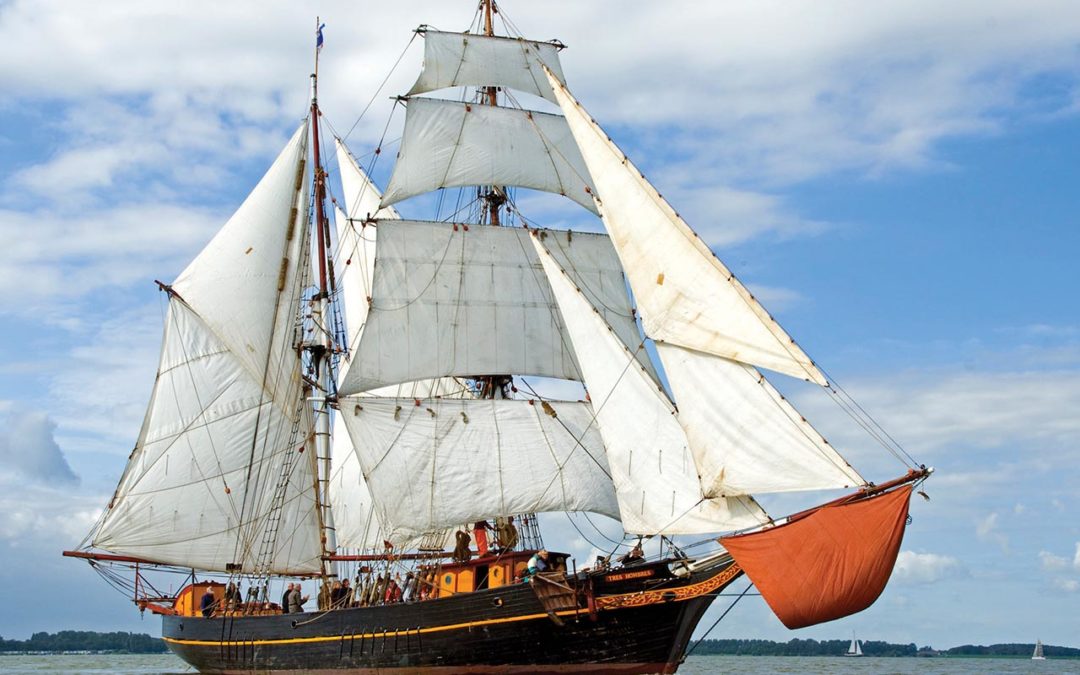
The Return of Sail Cargo
For centuries, sailing ships offered the fastest, best option for transporting goods and people. The Age of Sail (1571–1862) marked the reign of tall ships, with clipper ships representing the apex of commercial sailing’s progression.
The visually striking clippers had strong lines, V-shaped bows that sliced through water and dozens of sails to capture wind. First developed around 1845 by American shipbuilders looking to give small fishing boats an edge over pursuing pirates, clipper ships evolved to carry modest amounts of cargo at unparalleled speeds. A clipper ship could reach more than 15 knots and cover 300 nautical miles in a day, easily outpacing a steamer ship’s 9 knots.
During the Gold Rush, in 1849 — 20 years before completion of the transcontinental railroad — ships carried 25,000 Americans west. While wealthier passengers could spring for Panama-bound steamers, take the train across Panama, then steam up the West Coast, most forty-niners endured a five- to seven-month journey around Cape Horn via clipper ship. Flying Cloud set a world record for this trip, which stood for more than 100 years, when it arrived in San Francisco after 89 days, 21 hours.
These greyhounds of the sea were the obvious choice for the British Empire’s most prized cargo: tea. Thirst for tea was such that a so-called tea clipper could earn £3,000 from one cargo load — roughly 20 to 25 percent of shipbuilding costs. The first ship of the season to reach London’s docks would win a premium.
The Great Tea Race of 1866 demonstrated the logistics underlying tea mania. Clipper ships lined the docks in Fuzhou. The first ship to clear customs had an early advantage, but favorable winds, stronger tugboats and the luck of the tides made for a competitive 16,000-mile race between five of the day’s fastest clippers, Flying Cloud among them. Ninety-nine days after leaving Fuzhou, Taeping and Ariel docked within 20 minutes of one another and split the premium.
But as 45 million pounds of tea flooded the market, tea prices plummeted, illustrating one of sail’s disadvantages: Ships couldn’t keep a schedule, which meant supply-side volatility.
The Great Tea Race occurred between two dips in the popularity of sailing. When American banks shuttered in the Panic of 1857, trade slowed, as did the demand for sailing ships. Later, in 1869, the Suez Canal opened and gave an advantage to steamer ships, which could complete the Europe- Asia route in 50 days. Overland transport improved, too, with railroad expansion.
By the turn of the 20th century, countries were abandoning sailing ships in favor of steamers, which offered reliability and greater cargo space. With the opening of the Panama Canal and the onset of World War I in 1914, sail’s demise seemed assured. By World War II, sailing ships were restricted to commercial fishing trades. Tall ships seemed destined for nostalgia, until — nearly a century later — the winds shifted once more.

From 2012 to 2017, shipping accounted for 3.1 percent of global CO2 emissions. The International Maritime Organization estimates that shipping emissions will increase by an additional 50 to 250 percent by 2050. As some in the industry look to lower their carbon footprint, there’s renewed interested in wind power.
In recent years, sail cargo projects have sprung up along old trade routes. U.K.-based Grayhound Lugger crosses the English Channel, trading Cornish ale and organic French wine. Dutch-based Tres Hombres crosses the Atlantic with cacao, coffee and rum. Schooner Apollonia plans to launch on the Hudson River by year end, bringing cider, beer and apples downstream to New York City.
In 2019, Sail Cargo Inc. will open a carbon-neutral shipyard in Costa Rica. Through its 3½-year build process for Ceiba (a 45-meter sailing cargo vessel with a chilled hold space and 25-ton cargo capacity, crafted from sustainably harvested wood), Sail Cargo Inc. plans to offer a traditional skills apprenticeship program, where participants can learn shipbuilding, blacksmithing or woodwork — all green jobs.
While sail may have traditional roots, its means have been updated. Today’s sailing ships have biodiesel engines or solar batteries to augment wind power, plus GPS and plotting technologies to plan efficient routes.
Still, challenges remain. Routes aren’t operable year-round, and — as in the past — sticking to a schedule can be difficult. Port infrastructure might be set up for recreational boats with floating docks that make loading tricky or for the giant post-Panamax cruise and cargo ships. What’s more, to realize a profit, sailing ships need premium cargo. Vermont Sail Freight’s founder, Erik Andrus, said only one crop would deliver an ROI of $0.50 to $1.00 per pound of weight: Pot.
Growth potential aside, modern sail freight has neither the capacity nor efficiency to supplant tankers. Instead, cargo shippers will look to wind to lower emissions. Maersk is trialing rotor sails (invented 100 years ago) to add wind power to tanker ships, which will conserve some 1,000 tons of fuel. And Cargill, which charters over 500 vessels, is co-funding SkySails, a kite sail initiative.
Sail freight’s early adopters are largely companies with the desire (and cash) to align their business with their values by using emission-free shipping for organic, hand-crafted products. Other clients value the interactive marketing experience sail cargo offers: Guests can board the ship, sample products and form a powerful brand connection.
Unlike sailing ships of yore — which competed as fiercely as any 21st-century big-business rivals — today’s sailing ships operate as a network, sharing tips and routes. That unusual collaboration highlights the focus on relationships that could cement this trend as a viable shipping option.
Jason Marlow of Schooner Apollonia acknowledges that sail cargo’s client base is limited at present. Yet, he is optimistic. The more people start to identify sail transport as an option, the more they will request it.
“As it starts to scale up and there are more vessels and it’s more connected, then it starts to compete pricewise with other modes” of transportation, Marlow says. In the meantime, the new-old industry breathes life into port towns that may be struggling to redefine their economies.
 Watch Ceiba’s building progress through a
Watch Ceiba’s building progress through a 
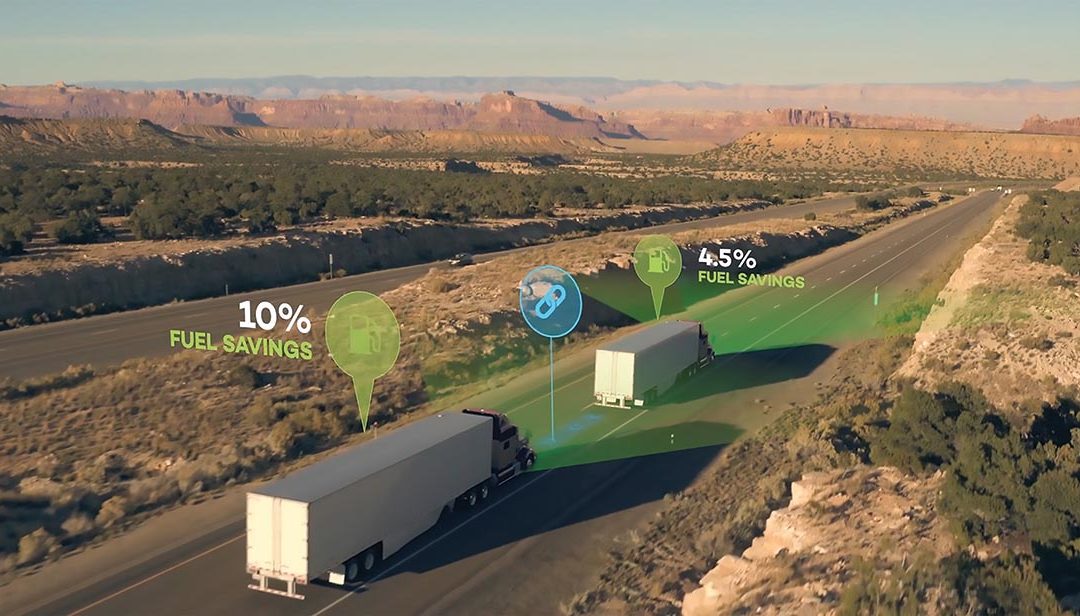
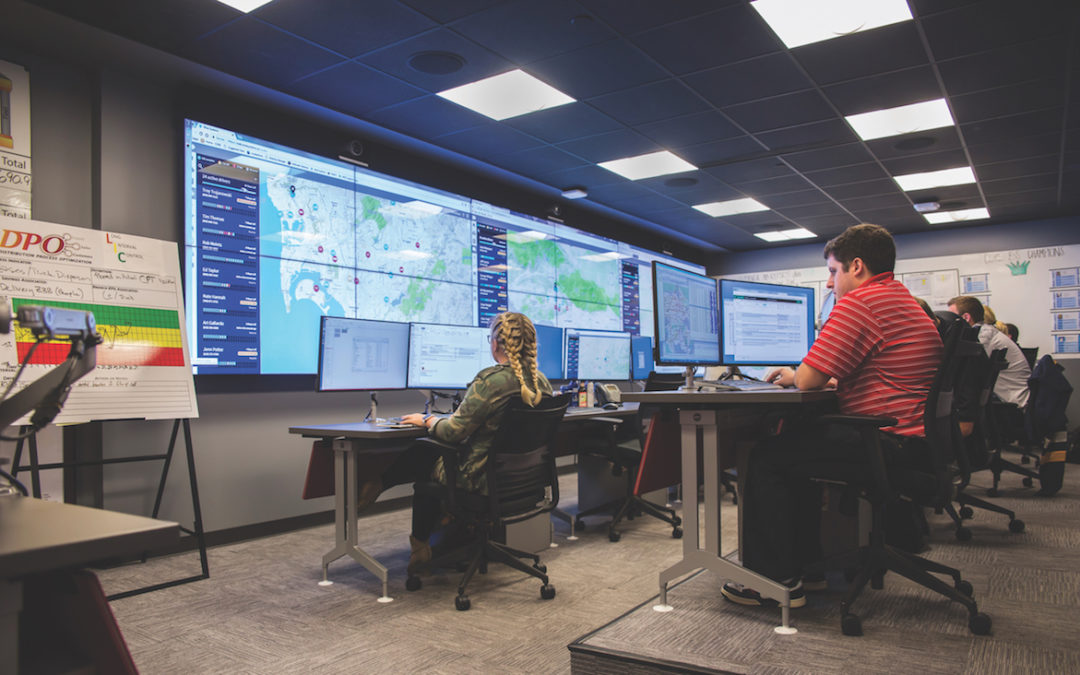

 Keep up with the latest in logistics entrepreneurship and follow Layla Shaikley on Twitter
Keep up with the latest in logistics entrepreneurship and follow Layla Shaikley on Twitter 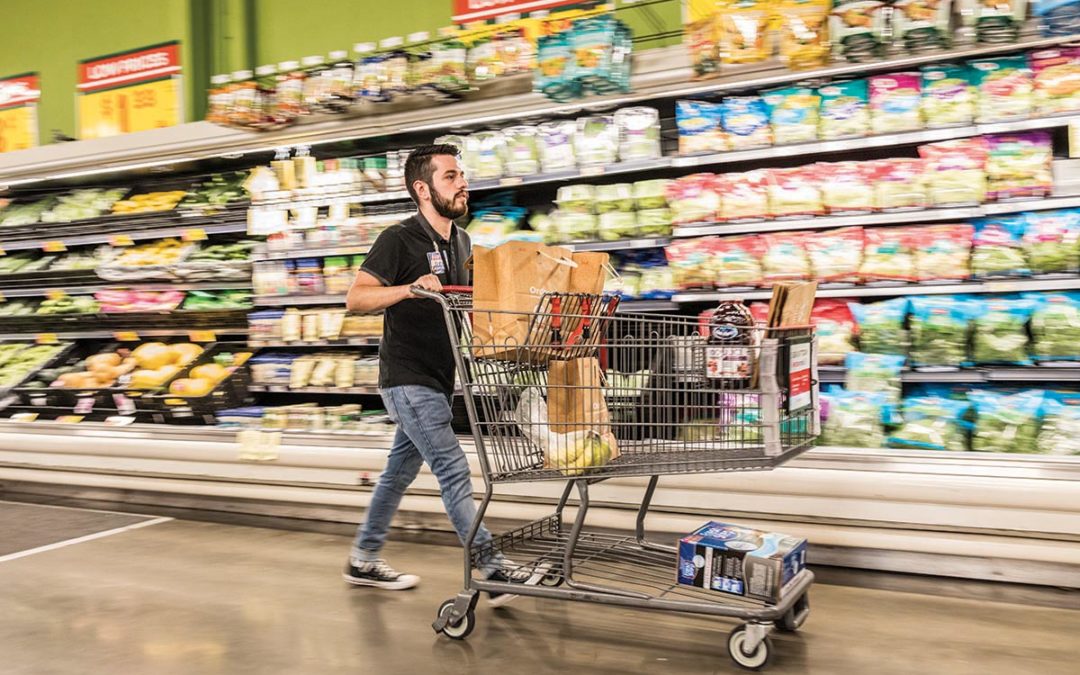
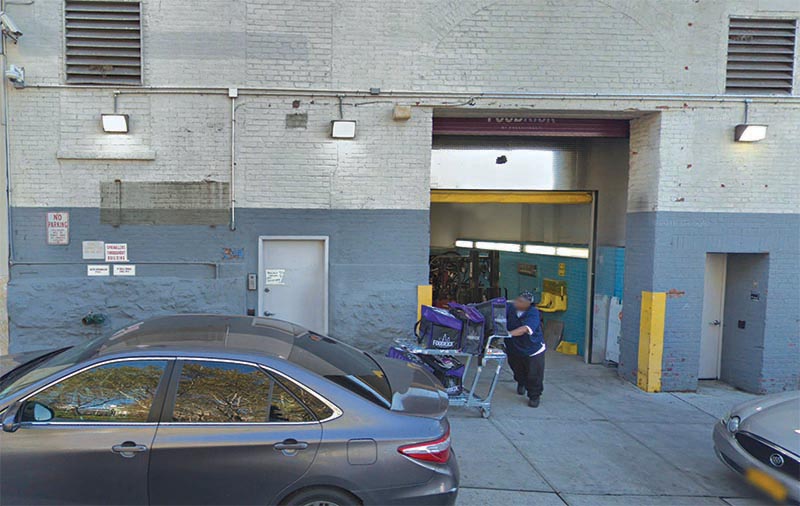


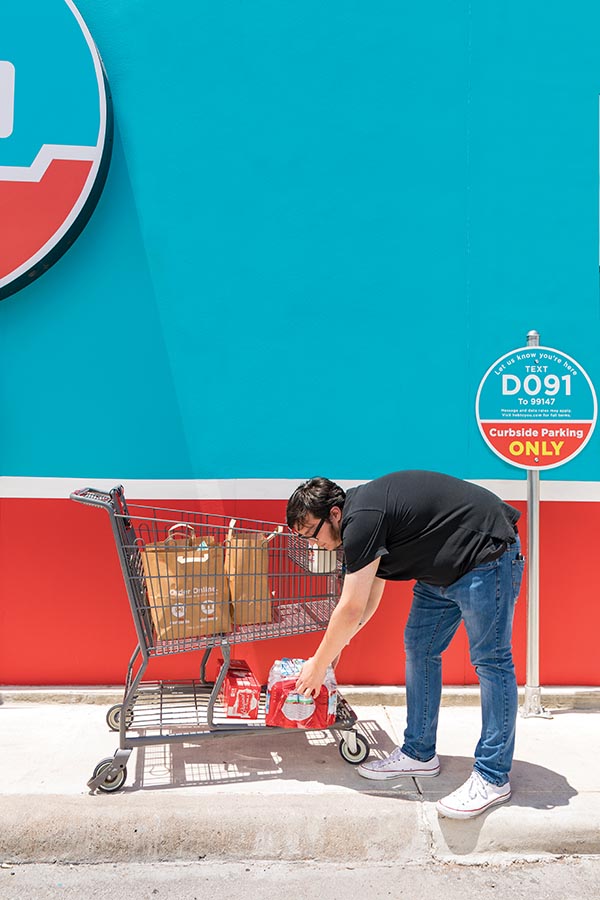
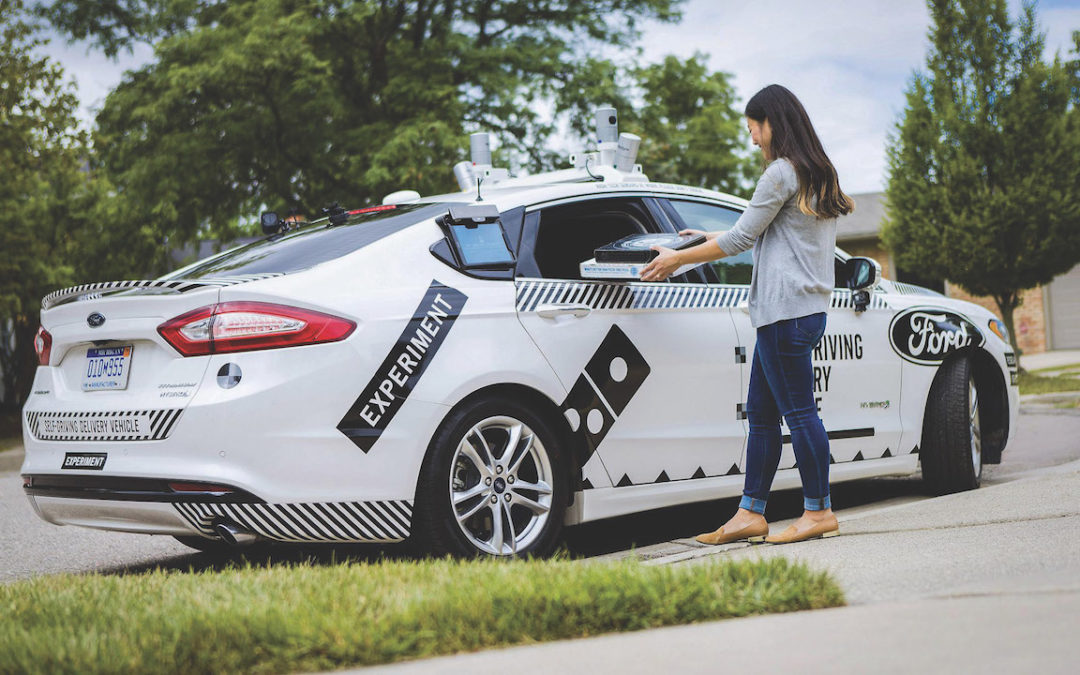
 Don’t be surprised when you begin to notice your sidewalk cluttered with electronics instead of people. DoorDash, an on-demand food delivery service based in San Francisco, is testing out robots as an addition to its food-delivery workforce. [Read more about DoorDash in our story, “
Don’t be surprised when you begin to notice your sidewalk cluttered with electronics instead of people. DoorDash, an on-demand food delivery service based in San Francisco, is testing out robots as an addition to its food-delivery workforce. [Read more about DoorDash in our story, “

